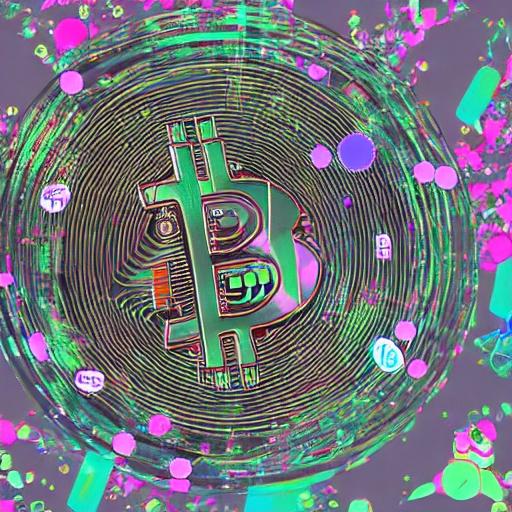NFTs, or Non-Fungible Tokens, have made significant waves in the art world and beyond. These digital assets have revolutionized the way we buy, sell, and exchange unique pieces of artwork, collectibles, and even virtual items. Let’s explore how NFTs were adopted for use and how they have gained popularity.

One of the earliest adopters of NFTs was CryptoPunks, a set of 10,000 unique algorithmically generated characters created in 2017. Each CryptoPunk is an individual collectible with its own distinct traits, such as hats, glasses, or hairstyles. These NFTs were sold and bought on the Ethereum blockchain, becoming the foundation for the future success of NFTs.
The introduction of NBA Top Shot in 2020 further catapulted NFTs into the mainstream. NBA Top Shot allows fans to buy, sell, and own officially licensed highlight videos of basketball plays in the form of NFTs. These moments can range from iconic dunks to game-winning shots, and they’ve gained immense popularity among sports enthusiasts and collectors.
The art world quickly caught on to the NFT craze, with digital artists embracing this new medium. Artists like Beeple have made headlines for selling their digital artworks as NFTs for millions of dollars. In March 2021, Beeple’s piece “Everydays: The First 5000 Days” sold for a staggering $69 million at a Christie’s auction, marking a significant milestone for NFT art.
Apart from digital art and collectibles, NFTs have also found their way into the gaming industry. Decentraland, a virtual reality platform built on the Ethereum blockchain, allows users to buy, sell, and trade virtual land, artworks, and wearables as NFTs. This has created a bustling marketplace where users can truly own and monetize their in-game assets.
Furthermore, musicians and celebrities have started leveraging NFTs to connect with their fans in new and exciting ways. Musicians like Kings of Leon have released albums as NFTs, including exclusive bonus content and perks for token holders. With the ability to provide unique experiences and rewards, NFTs offer artists a direct and alternative means of engagement.
The widespread use of NFTs has not been without controversy, however. Concerns surrounding environmental impact and sustainability have been raised due to the energy-intensive process of minting NFTs on blockchain networks. Many blockchain platforms are exploring solutions to reduce their carbon footprint and promote more eco-friendly practices.
Despite these challenges, NFTs have become an integral part of the digital landscape. As more industries embrace this innovative technology, the possibilities for unique ownership and monetization of digital assets continue to expand.
